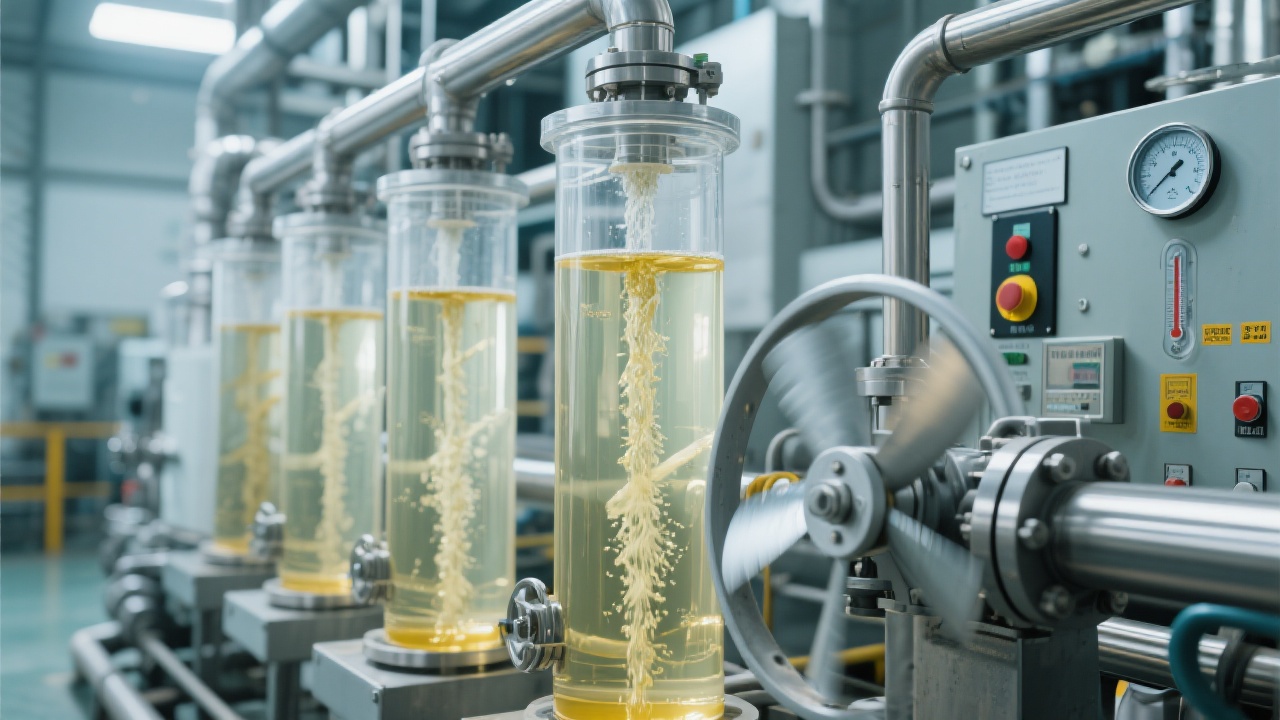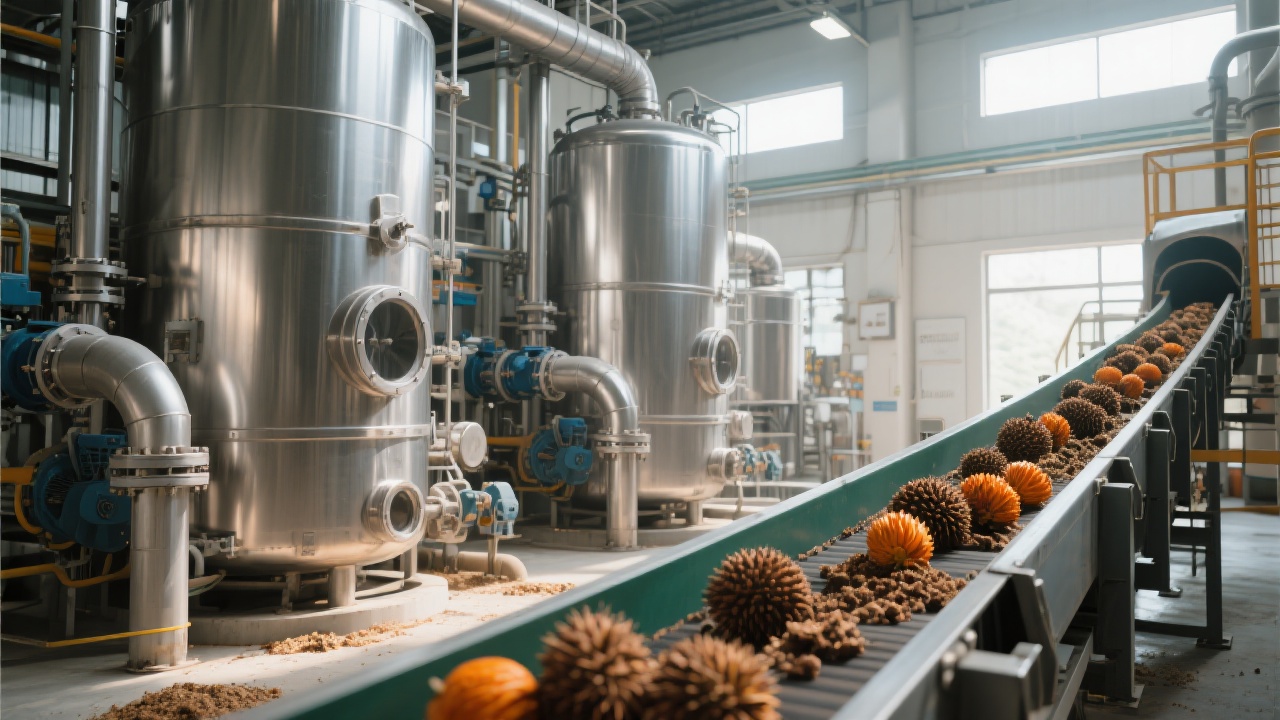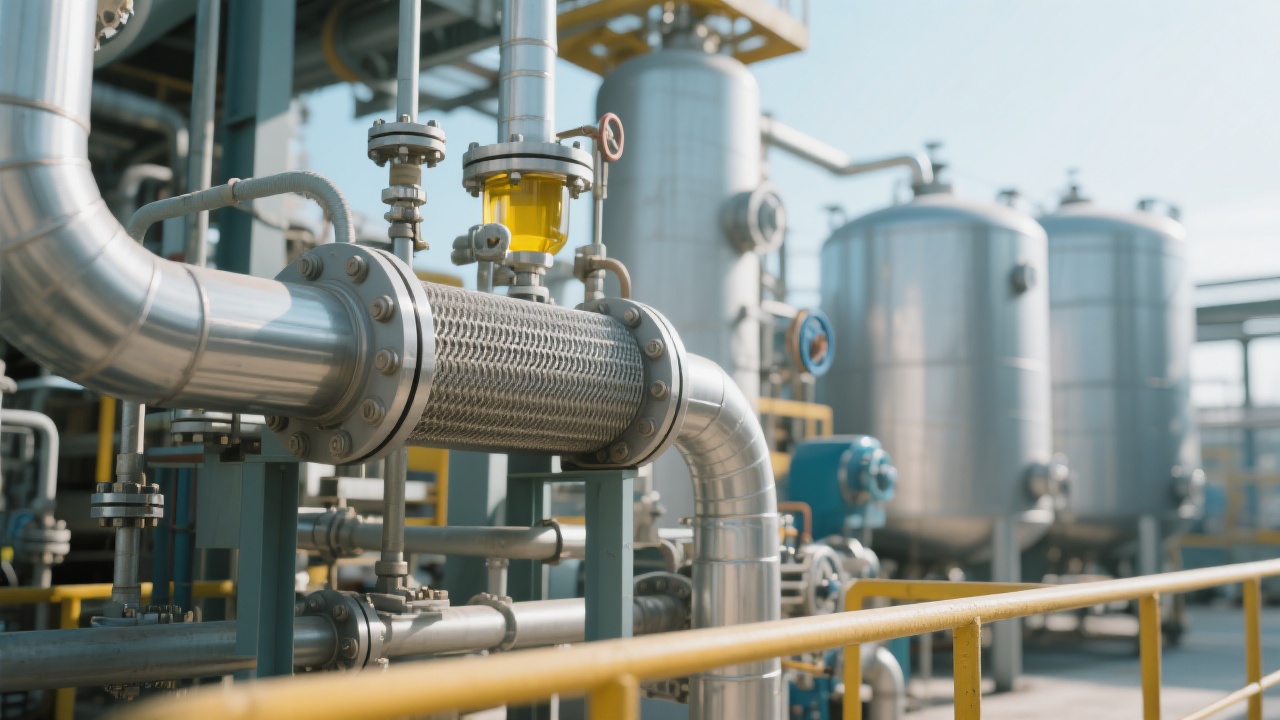
In the rice bran oil industry, it’s no secret that mastering the puffing step is one of the most effective ways to improve oil extraction yield. Yet, many procurement managers find themselves stuck between complex equipment specs and varying field results — sound familiar? Well, you’re in the right place. This guide dives into the strategic role of puffing machines in rice bran oil extraction and breaks down the critical parameters you need to control: temperature, pressure, and moisture content.
“According to the International Technical Association of Edible Oils, optimizing puffing parameters can increase rice bran oil extraction efficiency by up to 10% — a game changer for processing plants aiming to reduce waste and energy consumption.”
Your puffing machine is not just a piece of equipment; it’s the efficiency engine that prepares rice bran for effective solvent extraction. By applying controlled heat and pressure, it alters the bran’s cellular structure, enhancing oil release. If you get this stage wrong, downstream extraction struggles — leading to lower yield and higher costs.
This triad governs the puffing outcome — here’s the scoop:
| Parameter | Optimal Range | Effect on Puffing |
|---|---|---|
| Temperature | 130-150°C | Breaks cell walls, enhances oil release; too high causes scorching |
| Pressure | 3-6 MPa | Creates porous structure aiding solvent penetration; overpressure risks product damage |
| Moisture Content | 18-22% | Balances texture for puffing; too dry or wet reduces porosity and oil recovery |
However, these parameters don't operate in isolation — the synergy among them dictates how evenly and efficiently your rice bran is puffed.
Beyond settings, the construction and materials of the puffing machine significantly influence performance:
Choosing between different structural options depends on production scale and desired output consistency.
A mid-sized rice bran oil facility in Thailand adjusted their puffing parameters — increasing temperature from 135°C to 145°C while fine-tuning moisture to 20% and maintaining pressure at 4.5 MPa. Result? An increase of 7.8% in oil yield within two months, translating to approximately 15 tons more oil per 1000 tons of bran processed, cutting solvent use and energy consumption by 12%.

Based on in-field experience and data analysis, consider the following:
These steps help stabilize output and prolong equipment lifespan, a win-win for production planners.

Remember, no two operations are identical. What worked for the Thai plant might require tweaks elsewhere, but the principles stay the same.
Here’s the crux: your choice hinges on balancing output quality, operating costs, and maintenance feasibility.
For instance:

In brief, don’t chase the most expensive option blindly; focus on what fits your operational profile. Master these points, and you can easily boost your rice bran oil yield by 3% or more without dramatic process upheaval.

